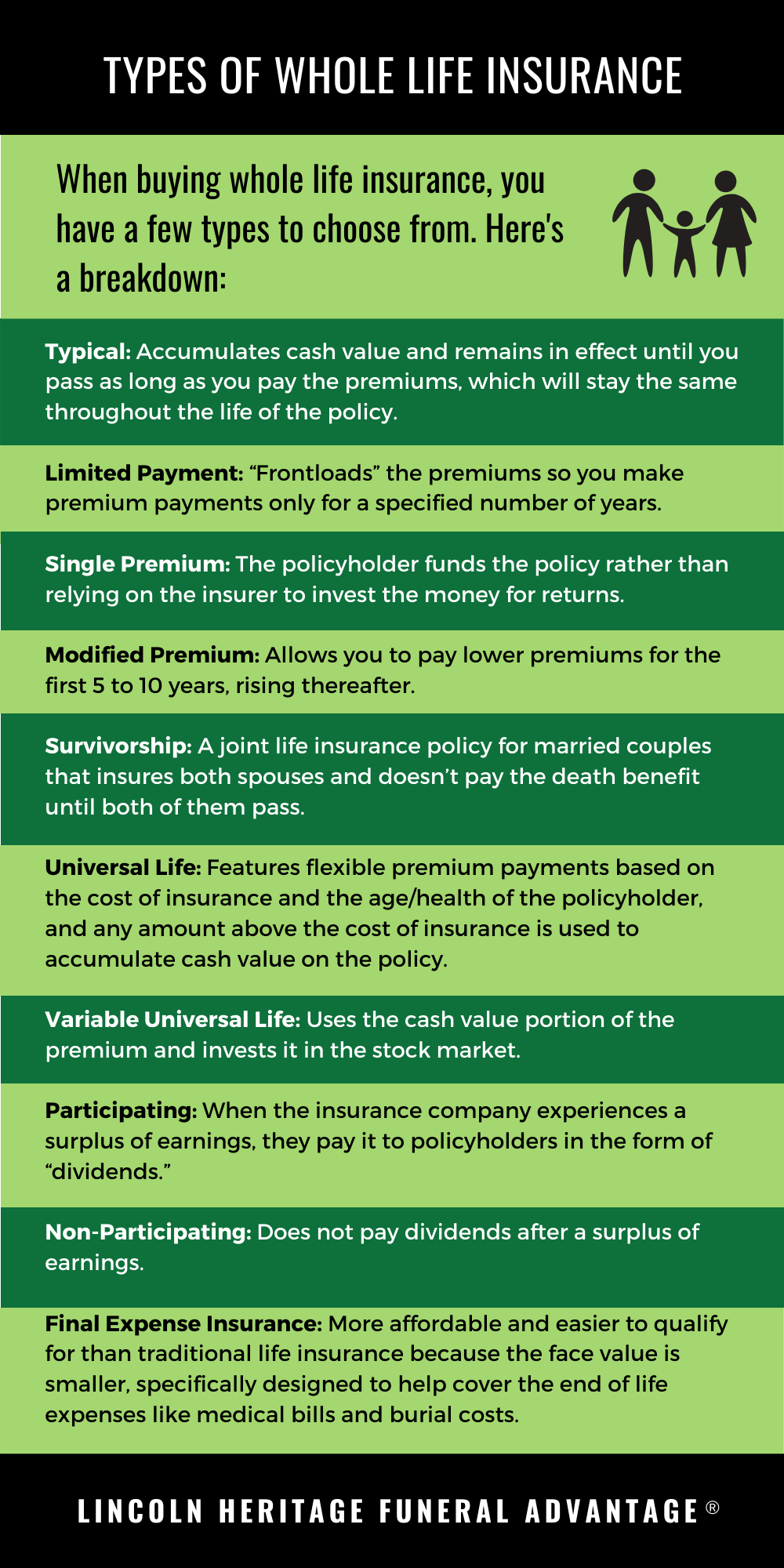Hit Rear Car Accident: Understanding Your Rights and Responsibilities
If you’ve ever been in a rear-end car accident, you know that it can be a jarring and confusing experience. You may be feeling shaken up, disoriented, and unsure of what to do next. In the aftermath of a rear-end collision, it’s important to understand your rights and responsibilities as a driver. This article will provide you with the information you need to know in order to protect yourself and your interests.
What is a Rear-End Collision?
A rear-end collision, also known as a rear-ender, occurs when the front of one vehicle strikes the rear of another vehicle. Rear-end collisions are one of the most common types of car accidents, accounting for approximately one-third of all crashes. They can occur for a variety of reasons, including driver inattention, distracted driving, and speeding. In some cases, rear-end collisions can be caused by mechanical failures, such as brake failure.
Who is at Fault in a Rear-End Collision?
In most cases, the driver of the rear vehicle is at fault for a rear-end collision. This is because drivers are required to maintain a safe following distance and to be aware of the vehicles in front of them. However, there are some exceptions to this rule. For example, if the driver of the front vehicle suddenly stops or changes lanes without signaling, the driver of the rear vehicle may not be at fault. It’s important to note that fault is not always clear-cut in rear-end collisions. In some cases, both drivers may share fault for the accident.
If you’ve been involved in a rear-end collision, it’s important to contact your insurance company as soon as possible. Your insurance company will be able to help you investigate the accident and determine who is at fault. If you believe that the other driver was at fault, you may be able to file a claim against their insurance company.
What Should You Do After a Rear-End Collision?
If you’ve been involved in a rear-end collision, it’s important to stay calm and collected. Here are some steps you should take:
- Pull over to the side of the road, if possible.
- Check yourself and your passengers for injuries. If anyone is injured, call 911 immediately.
- Exchange information with the other driver(s) involved in the accident. This includes your name, address, phone number, insurance information, and license plate number.
- Take pictures of the accident scene, if possible. This will help you document the damage and provide evidence to your insurance company.
- Report the accident to your insurance company as soon as possible.
Following these steps will help you protect your rights and interests after a rear-end collision.
Hit Rear Car Accident: Understanding the Causes and Consequences
Rear-end car accidents are startlingly prevalent, accounting for a staggering one-third of all traffic collisions. These incidents, ranging from minor fender benders to catastrophic pileups, can have profound consequences for both drivers and passengers. Understanding the underlying causes of these collisions is paramount to mitigating their frequency and minimizing their impact.
Causes of Rear-End Accidents
A myriad of factors contribute to the occurrence of rear-end crashes. Distracted driving, characterized by diverting attention from the road, is a major culprit. Whether it’s texting, talking on the phone, or simply adjusting the radio, any activity that takes a driver’s eyes off the road can lead to disaster.
Tailgating, the dangerous practice of driving too closely to the vehicle ahead, is another significant cause of rear-end accidents. When a lead vehicle brakes suddenly, a tailgater may not have sufficient time or space to react, resulting in a collision. Tailgating not only increases the likelihood of accidents but also exacerbates their severity.
Inclement weather, such as rain, fog, or snow, can also impair visibility and make it difficult for drivers to maintain a safe following distance. Slippery roads can also lead to loss of control, increasing the risk of rear-end collisions.
Other factors that can contribute to rear-end accidents include: speeding, mechanical failures, impaired driving, and fatigue. Identifying the causes of these accidents is essential for developing effective strategies to prevent them.
Rear-End Collisions: Who’s at Fault?
If you’ve ever been involved in a car accident, you know how jarring it can be. But what happens when you’re hit from behind? Rear-end collisions are one of the most common types of car accidents, and figuring out who’s at fault can be tricky. Typically, the driver who rear-ends another vehicle is presumed to be at fault. But there are always exceptions to the rule, and this is when determining fault gets complicated.
Who’s Liable?
In most cases, the driver who rear-ends another vehicle is considered negligent and therefore liable for the accident. This is because they failed to maintain a safe following distance and were unable to stop in time to avoid a collision. However, there are some circumstances that can shift the blame to the driver who was hit from behind. For example, if the driver who was hit was driving recklessly or erratically, they may be considered partially or even fully at fault for the accident.
Determining Fault: A Deeper Dive
There are a number of factors that insurance companies and courts will consider when determining fault in a rear-end accident. These include:
- The police report: The police report will contain important information about the accident, including the location, time, and weather conditions. It will also include statements from the drivers involved and any witnesses.
- The insurance companies’ investigations: Both drivers’ insurance companies will conduct their own investigations into the accident. They will review the police report, interview the drivers and witnesses, and inspect the damaged vehicles.
- The driver’s histories: The insurance companies will also look at the drivers’ driving histories. This includes any previous accidents or traffic violations.
- The vehicles’ damage: The damage to the vehicles can also provide clues about who is at fault. For example, if the rear-ended vehicle has more damage than the front-ending vehicle, this may indicate that the rear-ended vehicle was stopped or slowing down at the time of the accident.
- Witness statements: Witness statements can also be helpful in determining fault. If there were any witnesses to the accident, the insurance companies will interview them to get their account of what happened.
Rear-end car accidents are surprisingly common, and they often occur at low speeds. Just because you aren’t going lighting fast doesn’t mean it’s not a big deal. Even a minor rear-end collision can cause serious injuries, and it’s important to know your rights if you’re involved in one. This article will provide more information about rear-end car accidents, including how to seek compensation for your injuries.
Who Is at Fault for a Rear-End Accident?
In most cases, the driver of the rear car is at fault for a rear-end accident. This is because the driver of the rear car has a duty to maintain a safe following distance and to be aware of the car in front of them. However, there are some exceptions to this rule. For example, if the driver of the front car brakes suddenly and without warning, the driver of the rear car may not be at fault.
What to Do After a Rear-End Accident
If you’re involved in a rear-end accident, it’s important to:
Compensation for Rear-End Accident Victims
Depending on the severity of the accident, victims can seek compensation for medical expenses, lost wages, and pain and suffering. Medical expenses can include the cost of doctor’s visits, hospital stays, and rehabilitation. Lost wages can include the money you lose from missing work due to your injuries. Pain and suffering is a type of non-economic damage that compensates you for the physical and emotional pain you’ve experienced as a result of the accident.
How to Increase Your Chances of Getting a Fair Settlement
If you’re involved in a rear-end accident, there are some things you can do to increase your chances of getting a fair settlement.




Leave a Reply